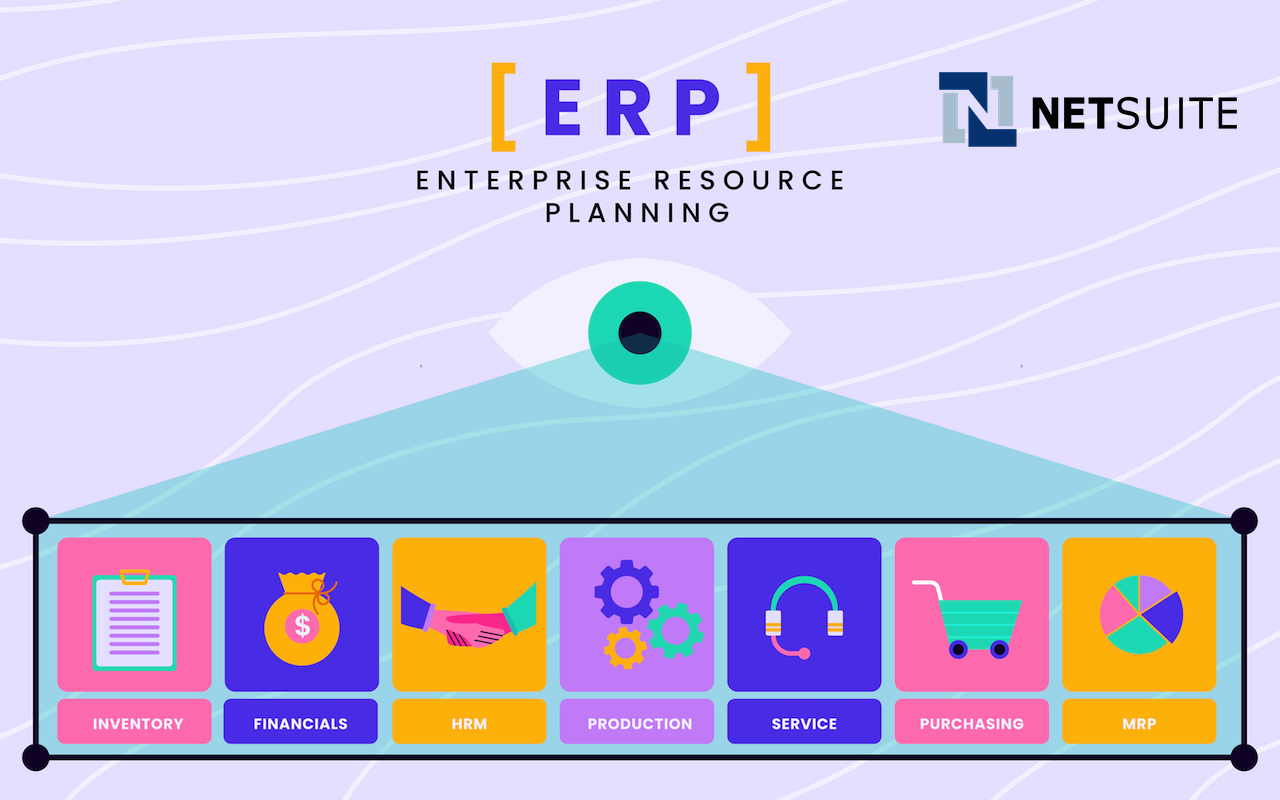
Picture this: your business is growing faster than your systems can keep up. Reports take hours, data lives in silos, and every new process feels like patching a leaky boat. This is the moment many leaders realize the need for a smarter, integrated way to run their operations. As companies grow, spreadsheets, disconnected systems, and manual workflows start showing their limits. That’s when leaders begin exploring Enterprise Resource Planning (ERP) solutions like Oracle NetSuite — the unified cloud platform that brings accounting, CRM, inventory, and analytics under one roof.
Yet one question inevitably stops most executives mid-search:
“How much does NetSuite really cost?”
This article breaks down what goes into NetSuite’s pricing structure, the factors that influence it, and how businesses can plan smarter when budgeting for cloud ERP adoption in 2025. Whether you’re in manufacturing, services, retail, or tech — understanding the cost landscape could save you thousands in the long run.
Why NetSuite Pricing Isn’t One-Size-Fits-All
Unlike traditional software that comes with fixed pricing tiers, NetSuite’s cost depends on how your business operates. Oracle offers a modular system — meaning you pay for what you use.
Here’s what that looks like in practice:
- Base License Fee: This covers the core ERP features such as general ledger, financials, order management, and CRM.
- Add-On Modules: Businesses can extend functionality with modules for inventory, manufacturing, eCommerce, HR (SuitePeople), project management, and more.
- User Licenses: Each named user (employee with login access) requires a license, with different access levels depending on the role — from administrators to limited “employee center” users.
- Implementation & Support: A major cost driver is the setup itself — configuration, customization, data migration, training, and ongoing technical support.
Essentially, you’re building your own ERP plan — not buying a generic box solution.
Pro Tip: According to a buyer’s guide to Oracle NetSuite costs, companies can expect total first-year expenses (licenses + implementation) to range between $25,000 and $300,000+, depending on scope and complexity.
Breaking Down the Core Cost Components
1. License & Subscription Fees
NetSuite operates on a subscription model, renewed annually or multi-year. Pricing is usually influenced by:
- Number of users
- Modules selected
- Business entity count (single vs. multi-subsidiary)
- Industry-specific functionality (e.g., manufacturing vs. services)
Smaller companies might start with $1,000–$3,000 per month, while mid-market or enterprise organizations often invest $10,000+ per month for multi-entity environments.
2. Implementation & Customization
Implementation is where real transformation happens — and where costs can climb quickly. Expect:
- Configuration & Setup: Mapping business processes, defining workflows.
- Data Migration: Moving records from legacy systems into NetSuite.
- Integration: Connecting NetSuite with CRMs, eCommerce platforms, or BI tools.
- User Training: Teaching teams to use the system effectively.
For a simple rollout, implementation might cost 1.5x the annual license fee; complex, multi-module implementations may be 3x or more.
3. Support, Maintenance & Renewals
Ongoing support plans — from basic to premium tiers — ensure uptime and performance. Premium support can add 10–20% to the annual cost, depending on responsiveness and coverage level.
Renewals often include incremental price adjustments (typically 3–7% annually), so long-term budgeting is essential.
Common Hidden or Overlooked Costs
Even seasoned CFOs can underestimate ERP costs. Here’s where hidden expenses lurk:
- Custom Integrations: Unique workflows often require SuiteScript development or third-party connectors.
- Sandbox Environments: Optional test environments are useful but billed separately.
- Training Gaps: Under-trained users often lead to inefficiencies and costly errors.
- Data Cleanup: Migrating poor-quality legacy data can inflate project costs significantly.
The best strategy? Build a 3–5 year total cost of ownership (TCO) model — not just a first-year budget.
Strategies to Optimize Your NetSuite Investment
Start with a Phased Rollout
Don’t activate every module at once. Begin with core financials, then add CRM, inventory, or manufacturing later.
Leverage Solution Providers
Partnering with certified NetSuite resellers or consultants often leads to better pricing, faster implementations, and post-launch support tailored to your business.
Negotiate Renewal Terms Early
Secure price caps on annual increases before signing. Oracle renewals typically come with auto-escalation clauses.
Use Prebuilt SuiteApps
Explore the SuiteApp marketplace for native extensions rather than paying for custom-built integrations from scratch.
Invest in Internal Champions
Train key employees who can support internal adoption — reducing reliance on external consultants over time.
Real-World Perspective: What Businesses Actually Pay
Based on multiple buyer reports and pricing guides:
| Company Size | Modules / Scope | Estimated First-Year Cost |
|---|---|---|
| Small Business (1–10 users) | Financials + CRM | $25,000–$50,000 |
| Mid-Market (20–100 users) | ERP + Inventory + eCommerce | $50,000–150,000 |
| Enterprise (100+ users) | Multi-entity, global rollout | $150,000–300,000+ |
These figures include both subscription and implementation, though every case differs based on customization depth, data volume, and integration needs.
The Bigger Picture: Why Businesses Still Choose NetSuite
Despite the upfront investment, NetSuite consistently ranks among the top cloud ERP systems because it reduces fragmentation. Instead of juggling half a dozen disconnected systems, companies gain:
- Unified data visibility across departments
- Automation of manual financial and inventory processes
- Scalability as the business grows
- Cloud accessibility for remote teams
- Compliance & audit readiness baked into the system
In the long term, the ROI often outweighs the initial cost — especially for organizations scaling rapidly or managing complex multi-subsidiary operations.
Final Thoughts: Making the Right ERP Investment Decision for Long-Term Success
Choosing an ERP is not just a software decision — it’s a strategic transformation. Understanding the full financial picture behind NetSuite helps businesses invest with confidence rather than surprise.
As ERP ecosystems evolve in 2025 and beyond, leaders who plan transparently, negotiate wisely, and implement incrementally will gain the highest returns from their NetSuite deployment.
If you’re evaluating your options, start by exploring a buyer’s guide to Oracle NetSuite costs — a detailed resource that breaks down the real pricing models, licensing tiers, and practical ways to reduce ERP ownership costs.
Share this post
Leave a comment
All comments are moderated. Spammy and bot submitted comments are deleted. Please submit the comments that are helpful to others, and we'll approve your comments. A comment that includes outbound link will only be approved if the content is relevant to the topic, and has some value to our readers.




Comments (0)
No comment